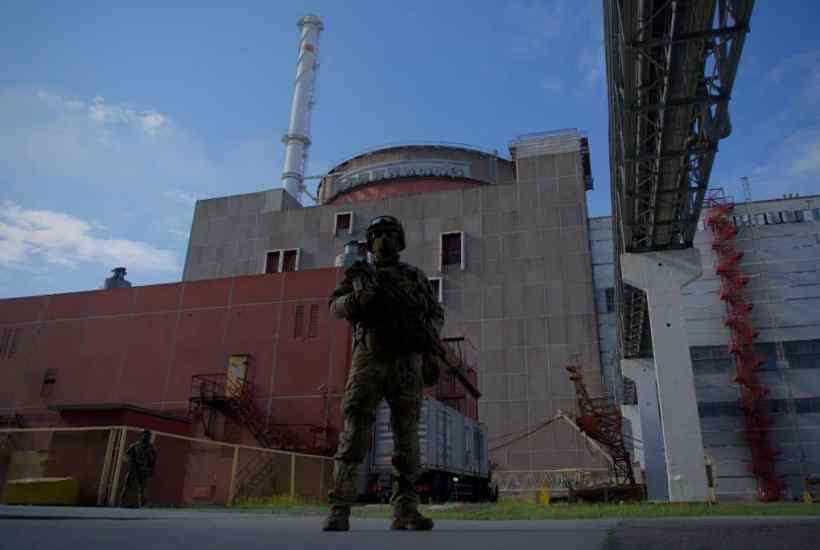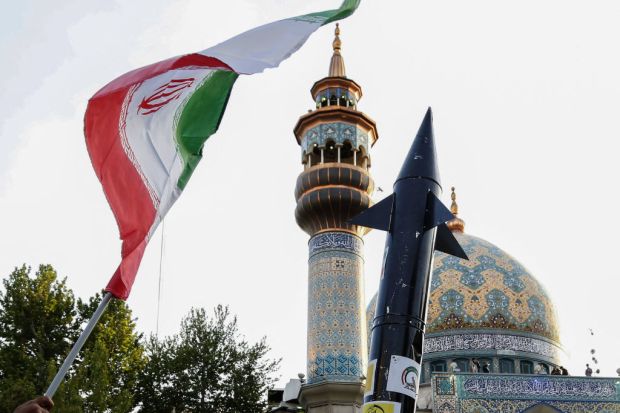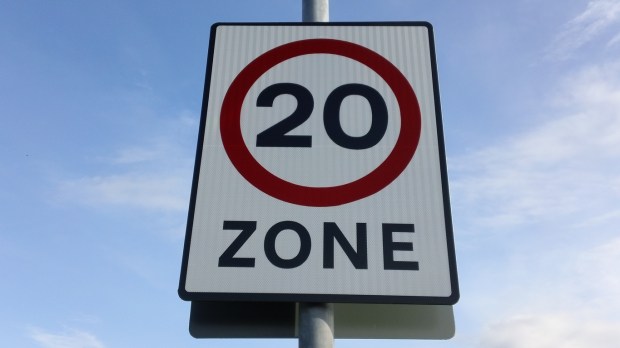For years, security services have worried about terrorists unleashing a ‘dirty bomb’ – where a conventional explosive is used to spread radioactive material over a large area. Russian forces now stand accused of threatening a similar form of warfare in Ukraine: attacking a nuclear power station with conventional weapons. Shelling of the Zaporizhzhia nuclear power station on the Dneiper River in the south of the country over the weekend is not believed to have released any radiation, although it did damage some equipment and one worker has been reported injured. However, the possibilities for causing havoc by attacking nuclear stations is very clear. As UN Secretary General Antonio Guterres warned this morning, attacking nuclear stations is ‘suicidal’, given the potential spread of contamination.
Russia denies launching attacks on the station, which lies just within Russian-held territory but is still being operated by Ukrainian staff, and blames Ukraine. To complicate matters, Russia has been accused of using the nuclear power station as a shield by employing rocket-launchers from the site.
How vulnerable are nuclear reactors to military attack? Following 9/11, the US Department for Energy commissioned the US Electric Power Research Institute to model the impact of a Boeing 767, fully-laden with fuel, being flown into US nuclear power stations.It concluded that the aircraft would break up without any serious damage to the reinforced concrete shell of the reactor.
However, that study was limited to the effects of a terror attack using an airliner – not shells or other military hardware. Moreover, it looked only at US reactors – not Soviet-era nuclear plants whose inadequate safety was revealed by the Chernobyl disaster. Nevertheless, the Zaporizhzhia plant was built slightly later and of a different design to the Chernobyl plant. The biggest problem with Chernobyl was that it was built without a containment structure. Zaporizhzhia is a pressurised water reactor which, by necessity, is built with a reinforced concrete shell.
There are other vulnerabilities, however. Spent fuel from nuclear power stations is usually kept in separate structures which may be less defended. There are also risks associated with destruction of control rooms etc: if staff cannot control a nuclear reactor then it can rapidly get into trouble, even if the structure has withstood an attack. As demonstrated by the Chernobyl disaster, the danger from the meltdown of a nuclear reactor is not necessarily from immediate loss of life but from the economic costs of contamination over a wide area.
There is additionally, of course, a huge potential cost from the loss of one of the biggest nuclear power stations in the world, built with six reactors. Prior to the invasion, Zaporizhzhia was generating more than 20 per cent of Ukraine’s electricity.
Got something to add? Join the discussion and comment below.
Get 10 issues for just $10
Subscribe to The Spectator Australia today for the next 10 magazine issues, plus full online access, for just $10.




















Comments
Don't miss out
Join the conversation with other Spectator Australia readers. Subscribe to leave a comment.
SUBSCRIBEAlready a subscriber? Log in